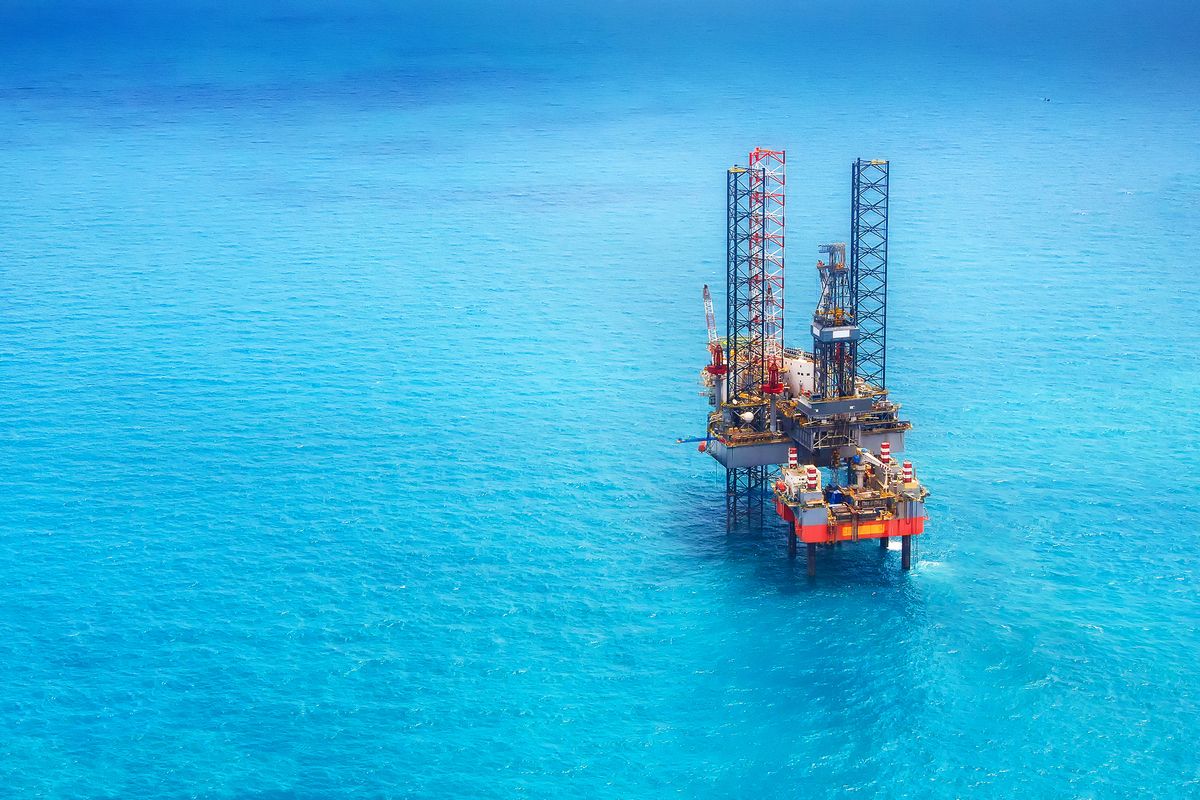
Photo credit: Seadrill
If you can't beat them, join them. That's exactly where we find Transocean (RIG 3.50%) this week as it takes a page out of Seadrill's (SDRL +0.00%) playbook. In this case Transocean is copying Seadrill's creation of Seadrill Partners (SDLP +0.00%) by launching an IPO for its own master limited partnership.
Imitation is the sincerest form of flattery
Transocean's MLP, to be called Transocean Partners, will initially own a 51% interest in companies that own and operate three ultra-deepwater drilling rigs in the Gulf of Mexico. Transocean is filing for a $350 million IPO of the unit, which is intended to provide the company with additional flexibility to grow its business.
This is a model that has worked well for Seadrill. When it created Seadrill Partners in 2012, the initial fleet consisted of two semisubmersible rigs, a drill ship, and a tender rig. Today Seadrill Partners' fleet consists of nine vessels following a series of drop-down transactions with Seadrill.
Why it matters
Seadrill uses affiliated companies such as Seadrill Partners to enhance its financial flexibility while building out its fleet. Over the past quarter alone the company engaged in five transactions to strengthen that flexibility. That included selling a 51% interest in its West Auriga drill ship to Seadrill Partners. Through some rather complex financing arrangements, the implied purchase price for the stake landed at $1.24 billion, though Seadrill Partners' net purchase price was only $355.4 million. This deal unlocked the full value of the asset on Seadrill's balance sheet while also providing the company with a few hundred million dollars in cash that it could use to fund its dividend and improve its balance sheet in order to pay for its newbuild program.

Photo credit: Seadrill.
Transocean is after this same financial flexibility. It, too, will be able to drop down assets to its MLP at attractive prices. This will unlock the full value of those assets, while providing Transocean with cash needed to fund its ever-growing dividend and pay for its own ambitious newbuild program.
Transocean will need this flexibility to support plans to spend $1.5 billion-$2 billion each year to renew its fleet That is a big undertaking for a company that is also paying out a larger portion of operating cash flow as a dividend to investors. While the company plans to divest a number of noncore assets to bridge the gap, its MLP will become an important source of capital for the assets it wants to keep.

Photo credit: Transocean.
Investor takeaway
Transocean can see the value that Seadrill Partners has created for investors in Seadrill. It wants that same value to accrue to its investors, which is why it is copying Seadrill and creating its own MLP. This will enhance Transocean's financial flexibility by allowing it to monetize some of its rigs while still profiting from retaining an ownership interest in those assets.




